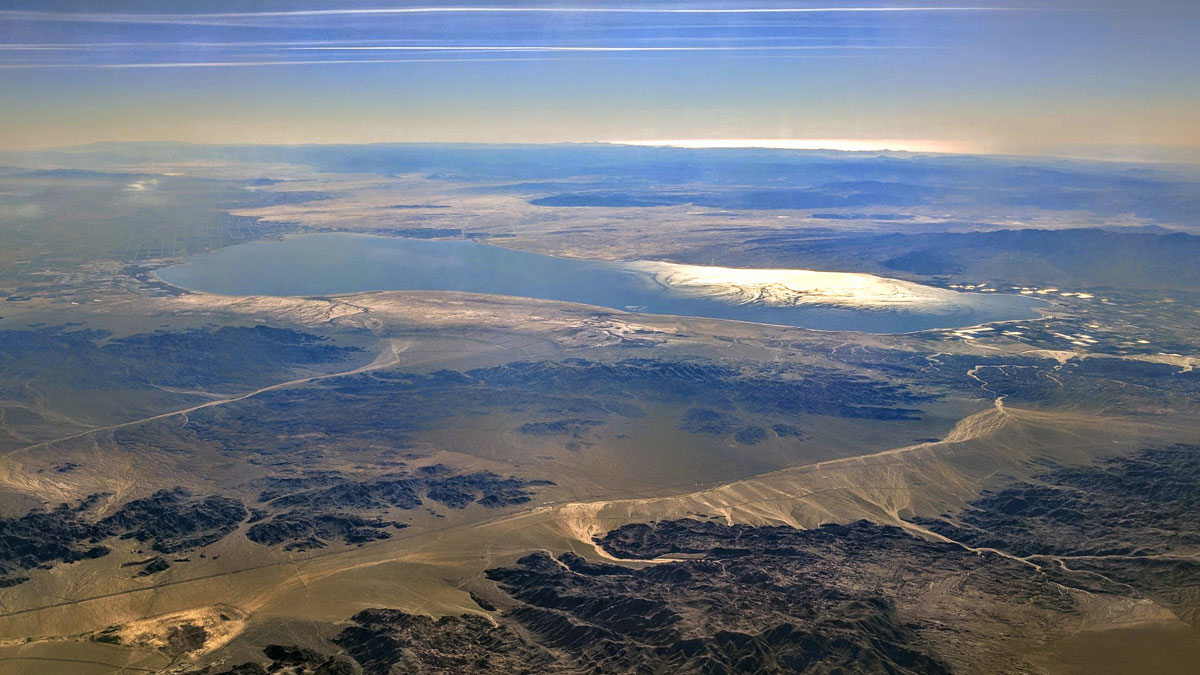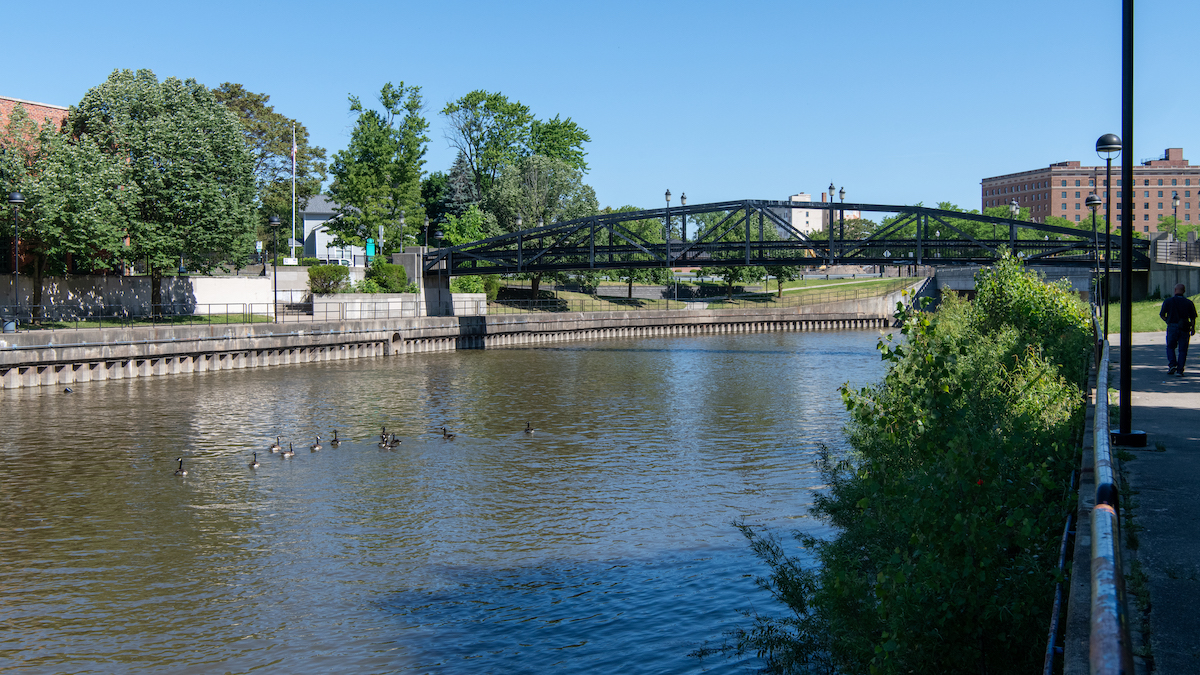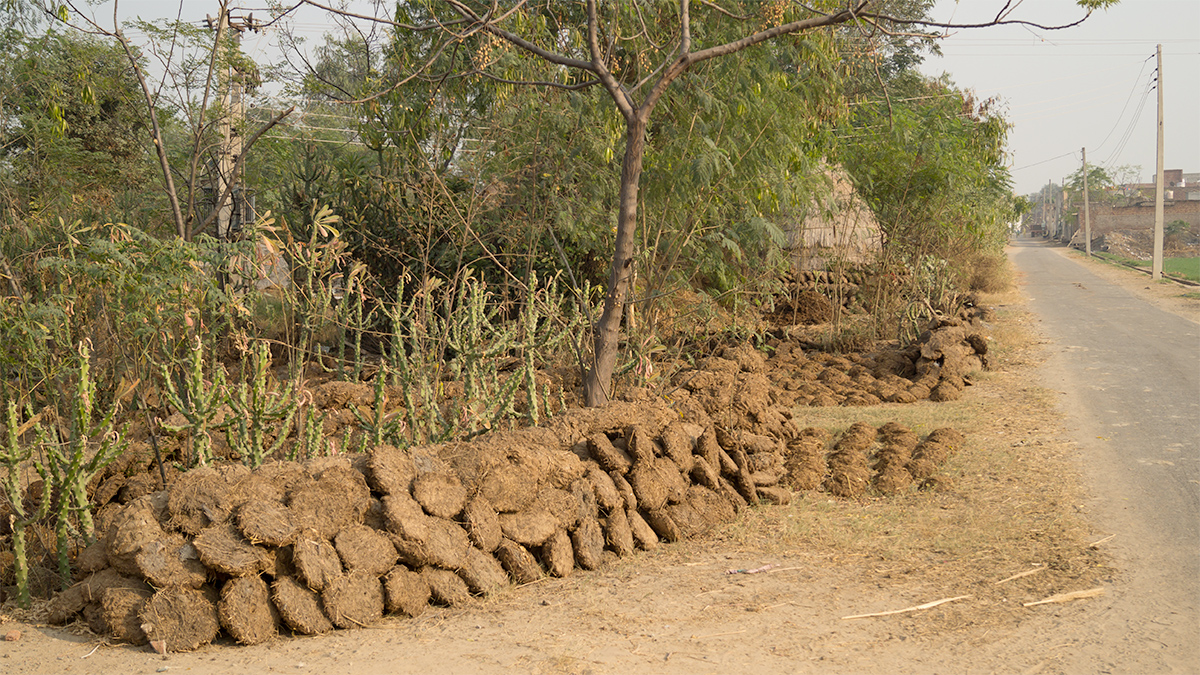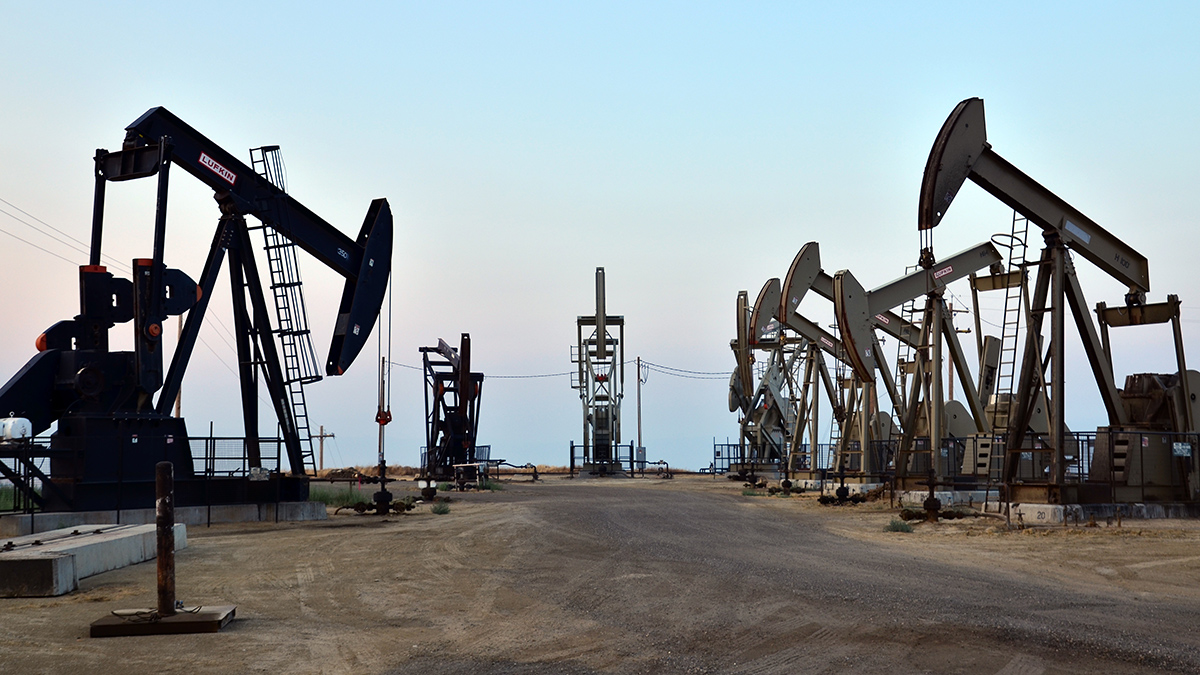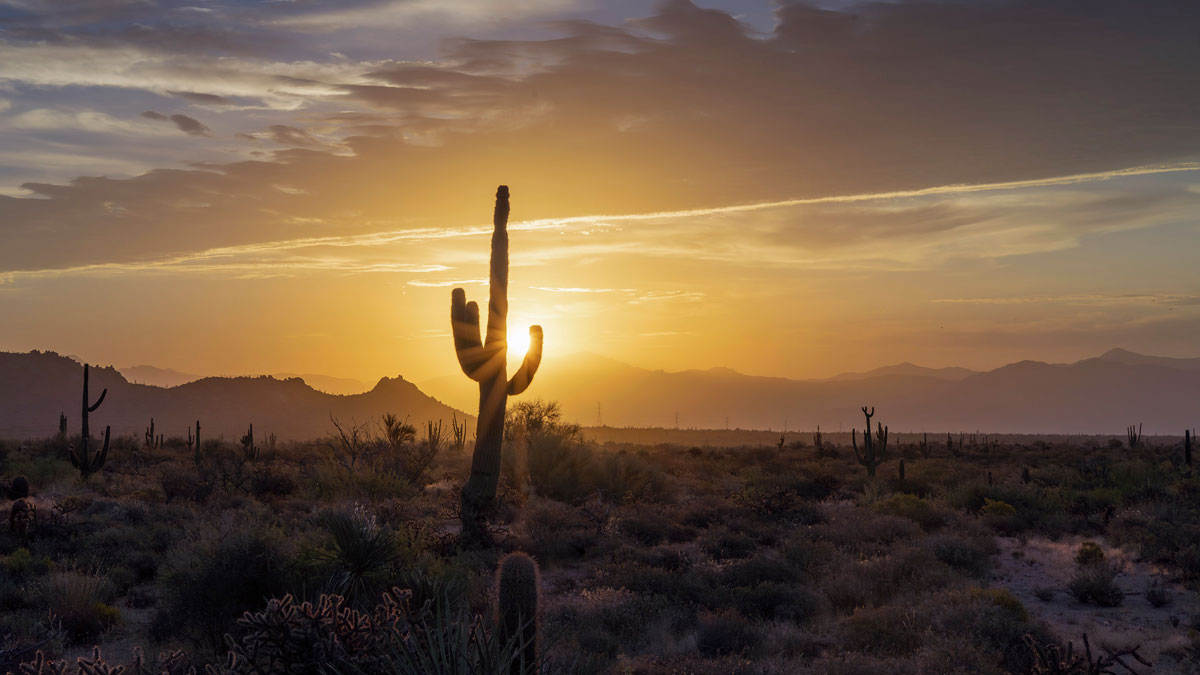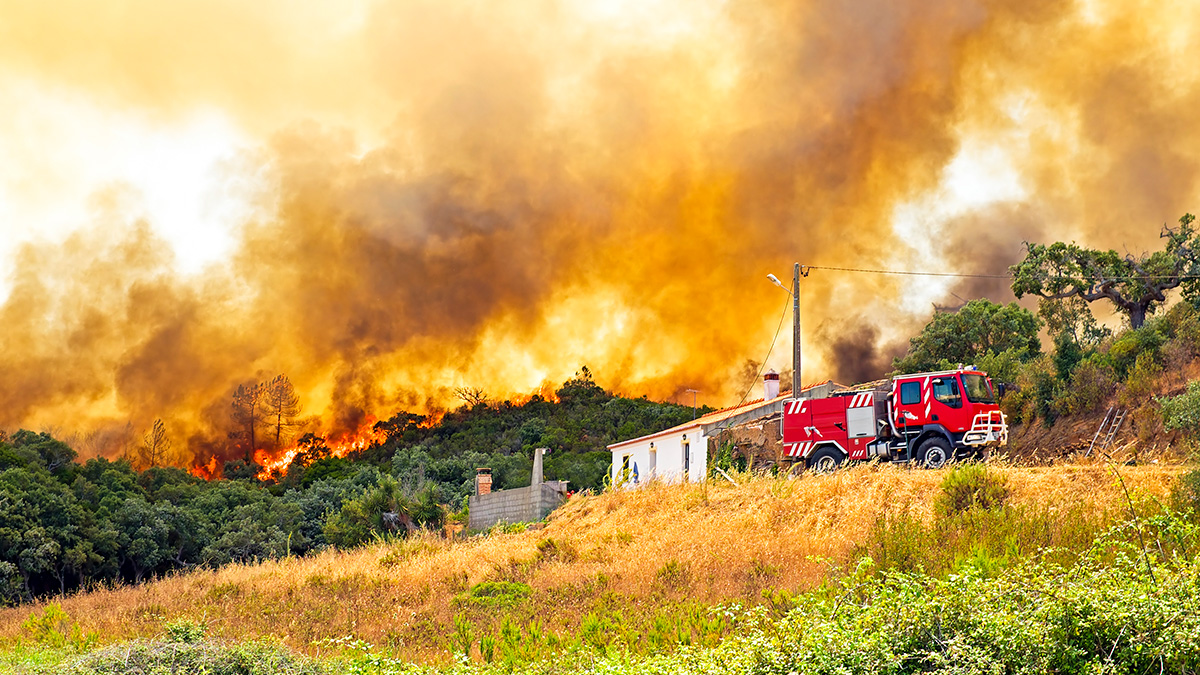Coarse particulate matter deriving from California’s largest lake is linked to an increased risk of respiratory-related hospitalizations.
public health
Access to Air-Conditioning May Affect Wildfire-Related Health Outcomes
A new study found that access to air-conditioning is a stronger predictor of emergency department visits related to PM2.5 exposure from smoke than factors such as race, age, and socioeconomic status.
Steering Geophysical Research Letters Forward: A Focus on Excellence and Global Inclusivity
Meet the new Editor-in-Chief of Geophysical Research Letters and discover his plans to shape the journal’s role in advancing the Earth and space sciences.
Flint, 10 Years Later
In the decade since the start of the Flint water crisis, policymakers and communities have made improvements to the lives of residents, but opportunities for progress remain.
Water Testing Builds Trust in Science as Maui Communities Recover
Following fires that ravaged the island in 2023, researchers educated residents about how wildfires affect water quality, and gathered data to determine how wildfire impacts change over time.
Burning Cow Dung Emits an Inordinate Amount of Air Pollution in India
Dried cow dung, a main source of household cooking fuel for many in rural India, releases more particulate matter across the country than wood and other biofuels.
Oil, Gas, and COVID-19
Early in the pandemic, people living near oil and gas wells experienced higher rates of COVID-19 and related mortality compared with those with no exposure to well pollution.
Helping the Most Vulnerable Stay Cool in Extreme Heat
Choosing the ideal location for air-conditioned cooling centers in cities facing dangerously high temperatures takes good population data and community engagement.
Como os Incêndios e o Clima Afetam a Saúde Pública de Portugal
Os investigadores analisaram os dados para examinar os efeitos dos incêndios florestais, dos poluentes e dos fatores meteorológicos na mortalidade e na saúde cardiovascular no país ibérico.
A Fuller Great Salt Lake Would Likely Narrow an Environmental Health Gap
Pacific Islander and Hispanic residents of Salt Lake City would benefit most from higher lake levels and reduced dust pollution.

